Brain Bins Promote Creativity and Essential Skills
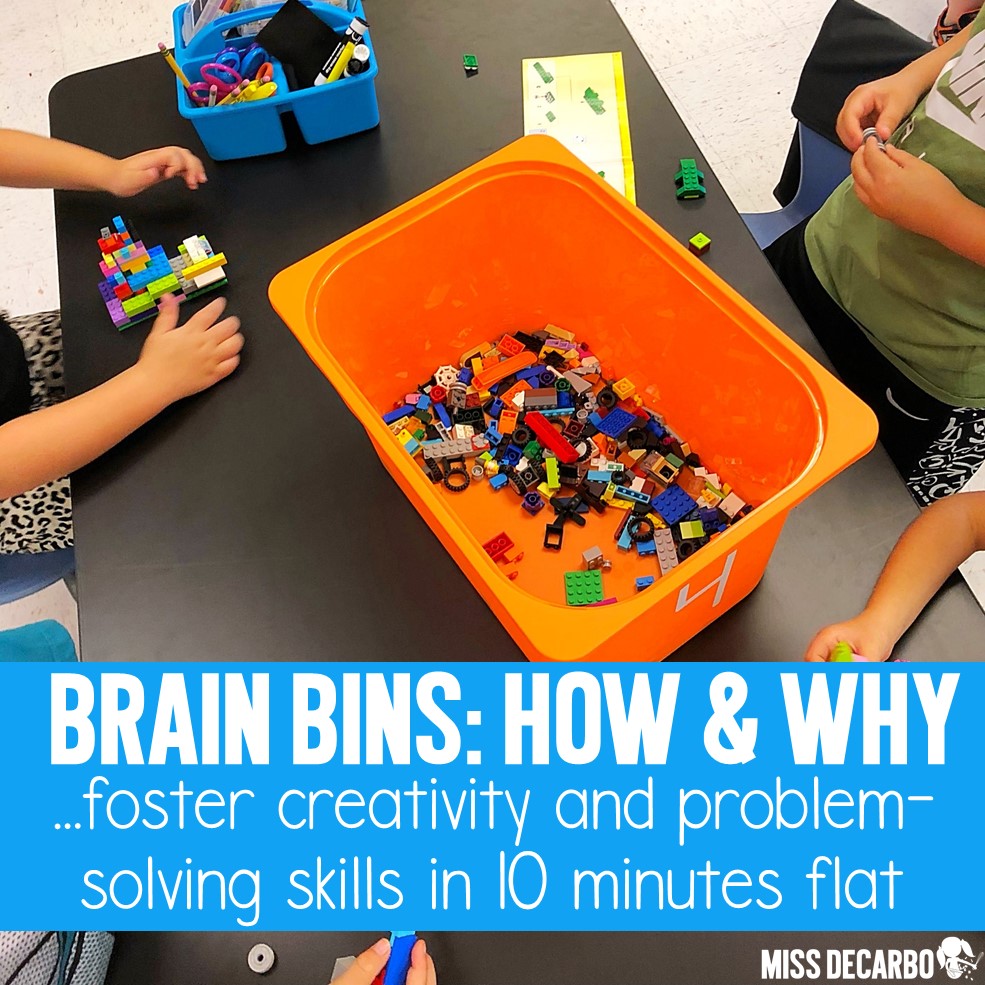
Brain bins are what I call morning tubs in my first-grade classroom. They include open-ended materials that my students use to explore, create, build, and- dare I say it, play with during the first 8-10 minutes of our day. Brain bins are our morning work every Monday, Wednesday, and Friday. (On Tuesdays and Thursdays, we complete another open-ended morning work activity called See Think Wonder Write.) To put it simply, brain bin time is an easy, low-management time in our weekly routine that sets a happy tone for our day. It helps my students wake up, warm-up, and shouts, “Good morning! Get ready to THINK today!”
Rationale and Research for Brain Bins
For some, the word play or the concept of first-graders building with blocks and assembling puzzles can be looked down upon as a “waste of instructional time.” I imagine statements such as, “Think of the literacy instruction that could be done in those ten minutes a day,” or, “My students are struggling too much to play. I need them to work on _____ right when they get into the room,” being whispered. Let me first start by saying, I get it. I, too, have students in my classroom who are struggling to read. I, too, feel the enormous pressure of test scores, data, and intervention needs. I, too, have read the research about increasing independent reading time as much as humanely possible during the school day.
But I also know what research says about child development. Over my years as an educator, I’ve come to deeply know the works of Maria Montessori, Erik Erikson, Jean Piaget, and so many others as well as I now know the benchmark cutoff scores for our diagnostic testing. I know that without time for unstructured inquiry, imaginative play, and an opportunity for students to develop social competency, we are doing our children a long-term disservice. I know that regardless of the high pressures of state-testing and the ever-increasing demands of educators, my students are more than a score.
I also know that my students come to me as six-year-olds. While we pour over Lexile Levels, DRA scores, and national percentiles, our six-year-olds are silently begging us to let them be kids. I know that the levels in creative thinking among students in our country has continued to decline since the 1990s (Kim, 2011). I know that in 2010, an IBM global study of more than 1500 CEOs cited creativity as the most sought after quality in an employee. I know without time to explore, create, build, and play, I fail to provide my students with what a whole child needs to succeed. Brain bins are a small way that I am responding to these issues within my classroom – and my students LOVE it! It is for this reason, that I am sharing this blog post with you. I hope you enjoy it!
The image that I created below does a great job at summarizing the skills that brain bins can foster in just a short amount of time during your morning:

Brain Bin Management and Storage
Now that we’ve chatted about what brain bins, or morning tubs, are, let’s quickly talk about how I manage them, organize them, and of course, what I put into them!
(The remaining part of this post includes some Amazon Affiliate links for your convenience, so that you can find and reference the materials and supplies I refer to. This just means that my blog receives a tiny compensation if you click on these links- at absolutely no extra charge to you!)
The picture below shows the back wall of my classroom. I’ve used the IKEA Trofast Storage System to house my brain bins and word work centers. My brain bins are numbered 1-6 and the materials are kept inside of the orange tubs. You can also keep it simple and use these durable storage contains found here that I use to store materials that are not currently being used.
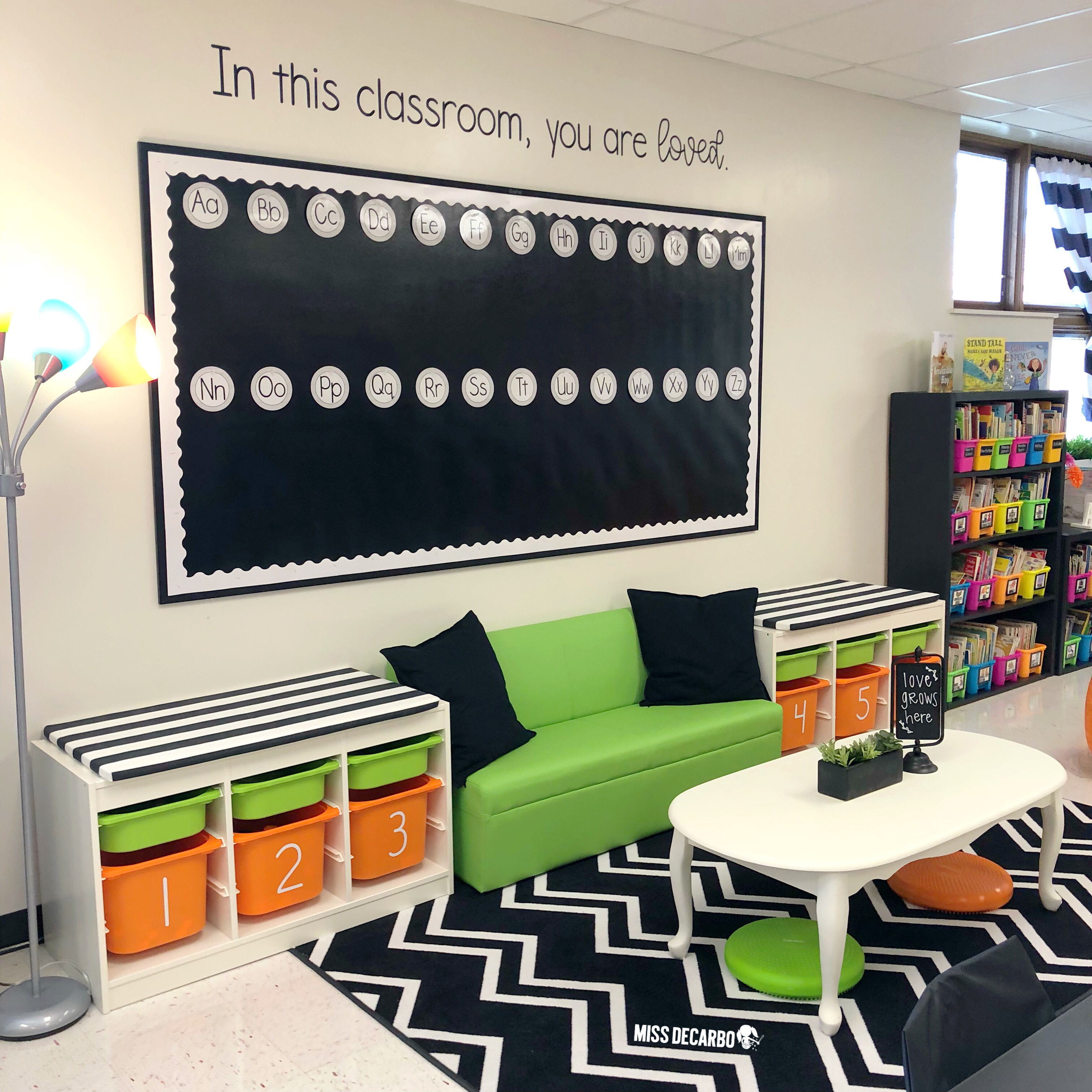
When students come into our classroom in the morning, they check the whiteboard to see which brain bin tub their table gets to use that day. This year I only have five tables in my classroom, so our sixth orange tub is left empty. At the end of the day, I simply put the bottom label on #1 and rotate them all down. (I used magnets to attach them to the whiteboard.) I only switch the materials in my brain bins every six weeks or so. This allows my students to go to each brain bin station roughly six times. (They do not get bored, and the point of this rotation system is to encourage students to use the materials in new, innovative, and creative ways each time they get the tub out!)
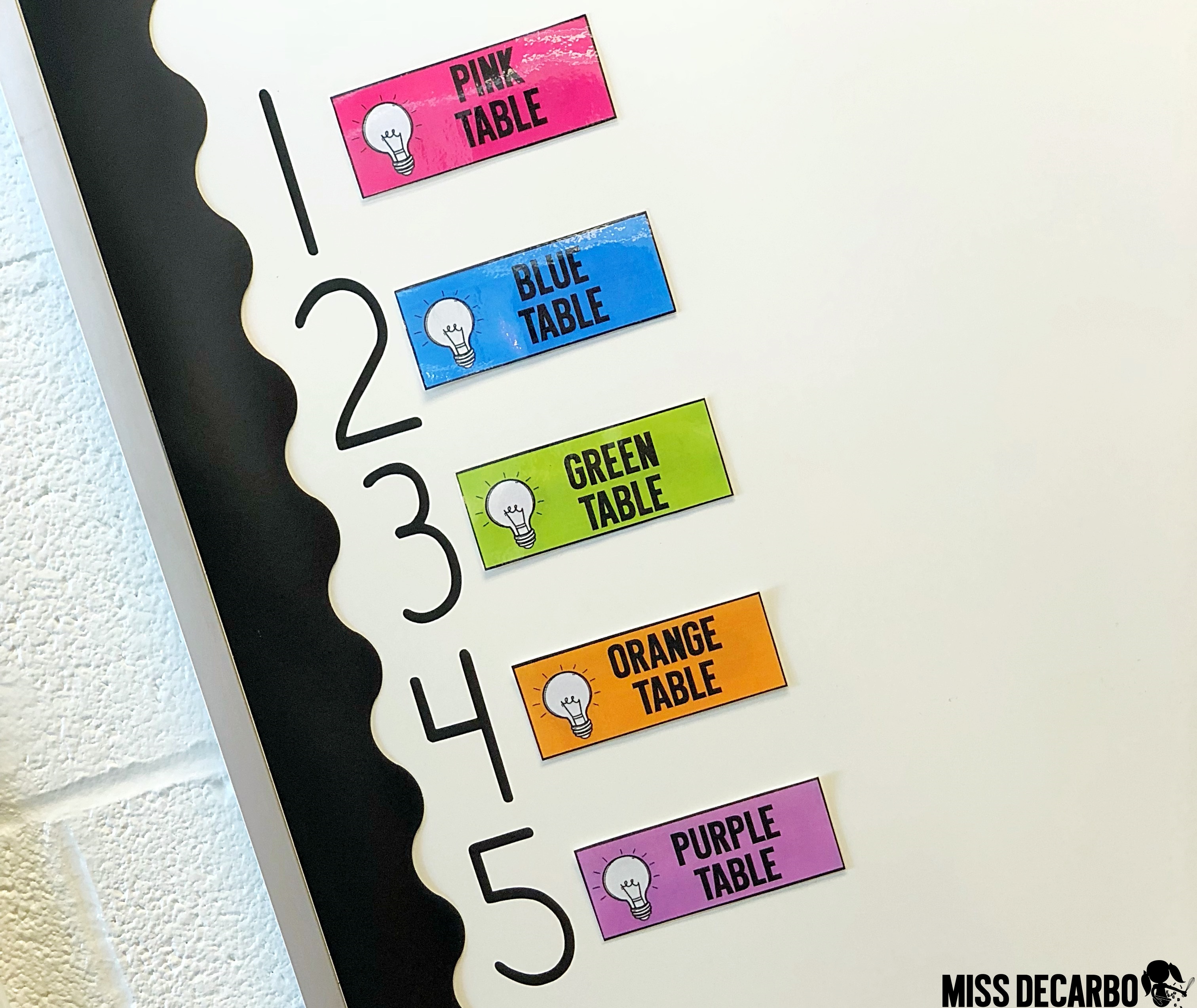
You can also label your Brain Bins using the number labels I created below. This will help you designate a Brain Bin to a specific students, table groups, or partner groups. These Brain Bin labels are available for FREE for all members of my email list. If you would like to join my email list, they will be sent to you as a Thank You for being a part of my newsletter family! Simply click on the download button below the photograph.
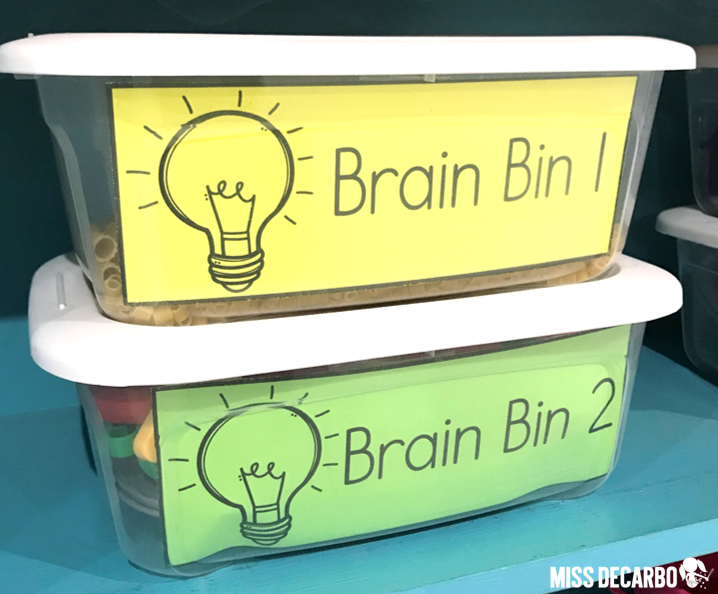
Students work quietly at their tables while our school’s morning announcements play for about 8-10 minutes. I use the Class Dojo Noise Level Meter during brain bin times and because my students might CRY at the thought of losing the privilege of brain bins, they are so great about adjusting their volume if they get a little excited. At the end of our morning announcement time, students clean up, put their bins away, and grab their math binders to start our day. Easy and fun!
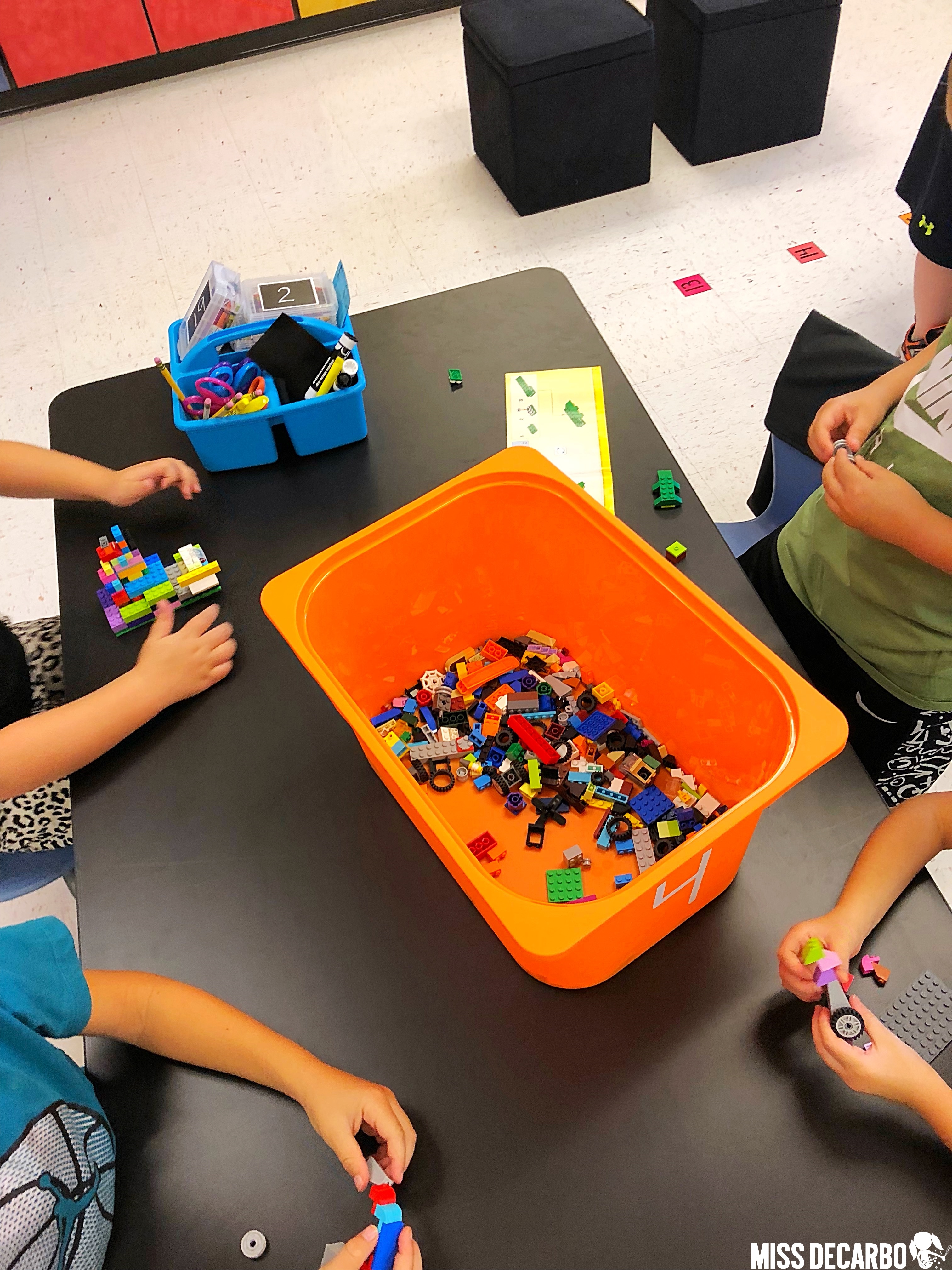
I love that my students of all levels get to begin our day on a HAPPY note. I love that my struggling students are not immediately entering my classroom with anxiety over a review page that they cannot complete independently. This is the same feeling I have when we complete our See Think Wonder Write routine on Tuesdays and Thursdays. You can read all about this integrated learning routine HERE.
Favorite Brain Bins
Now, let’s get to the fun part! WHAT do I put into my brain bins? Let me start by saying that it doesn’t have to be expensive or daunting. Truly! Throw Popsicle sticks into a bin and see what kids can do! Put q-tips, construction paper, and glue sticks into a tub and watch creations unfold. Get creative! After all, that is our goal. I’ll share a lengthy list at the end of this post, as well as links to other bloggers who use morning tubs, but let me first share some of my classroom’s FAVORITE brain bins to date!
Dado Squares – These 3-inch interlocking squares can be assembled in all kinds of ways. They received multiple toy awards, including the Preferred Choice Award and the National Parenting Seal of Approval. I love how easy they are to store in a small space, and my students love how many ways they can use them! This set increases fine motor skills and promotes reasoning skills as students work to built structures that stand and are balanced.
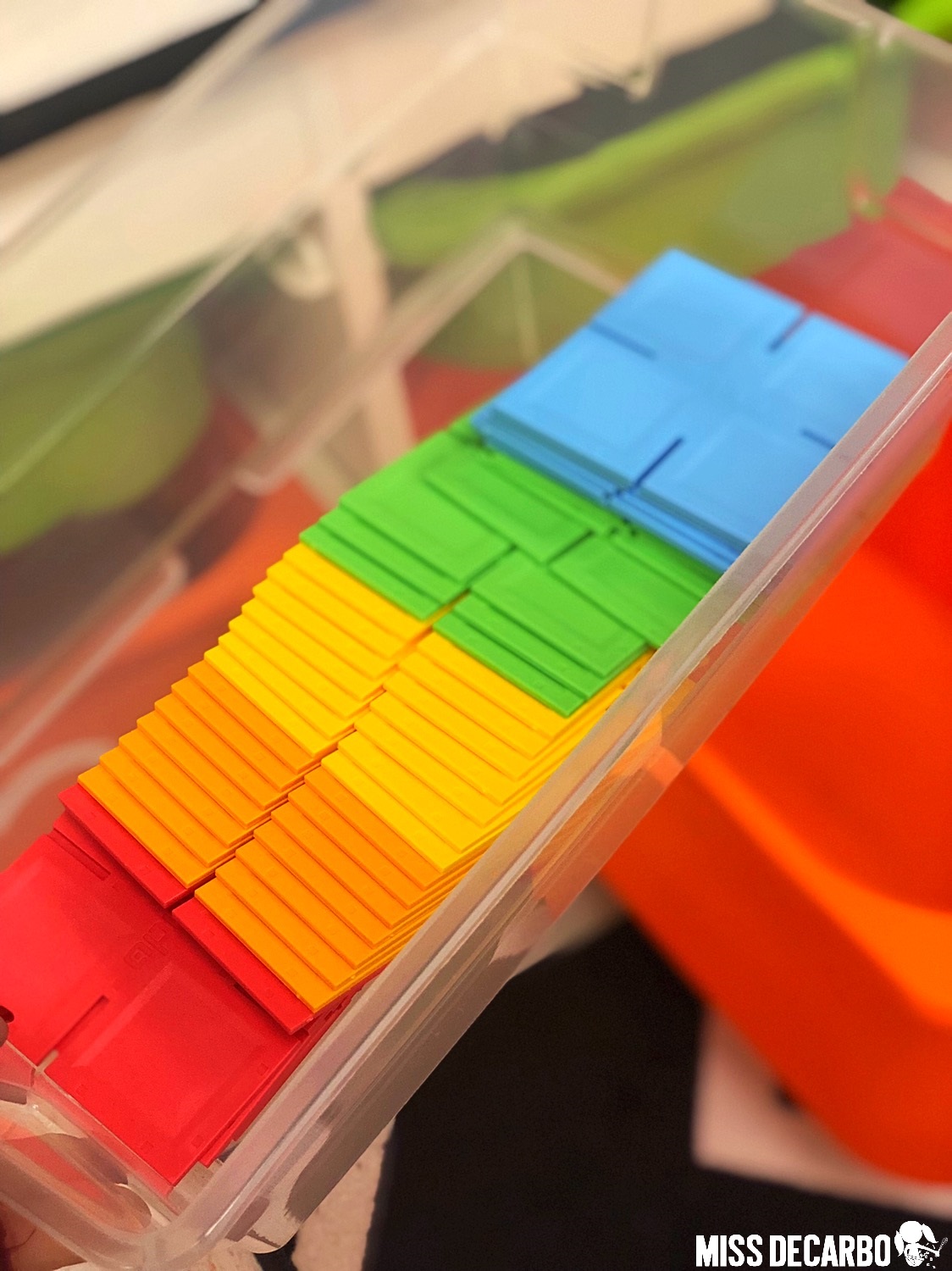
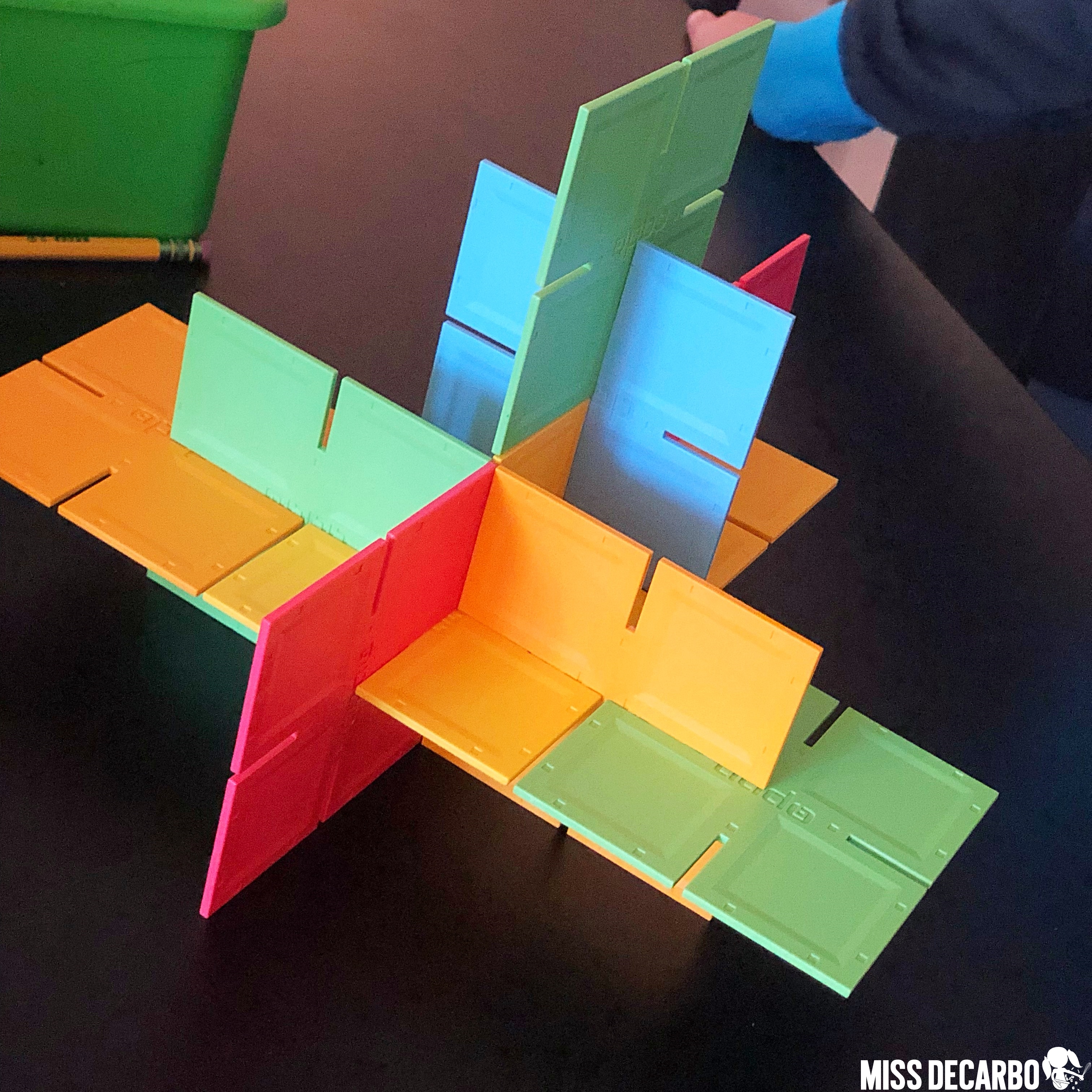
Magformers – Magformers are a little pricey, but they are SO fun! They scream “creativity” with elementary students (and even adults!). My students love building structures and designing everything from robots to houses to towers. I only keep a small amount in my tub (because of the price) but this encourages collaboration, which is exactly what my goal is!
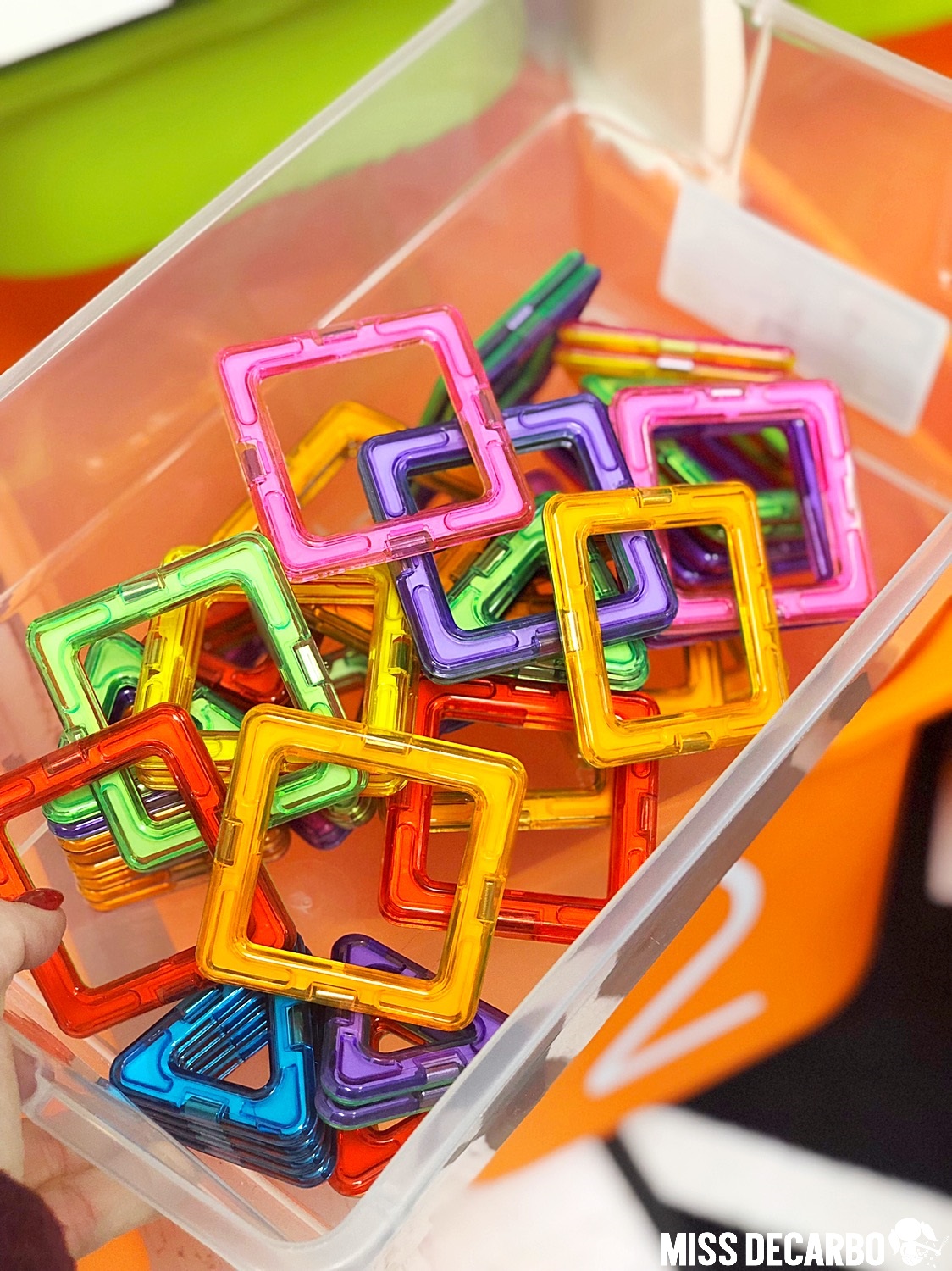
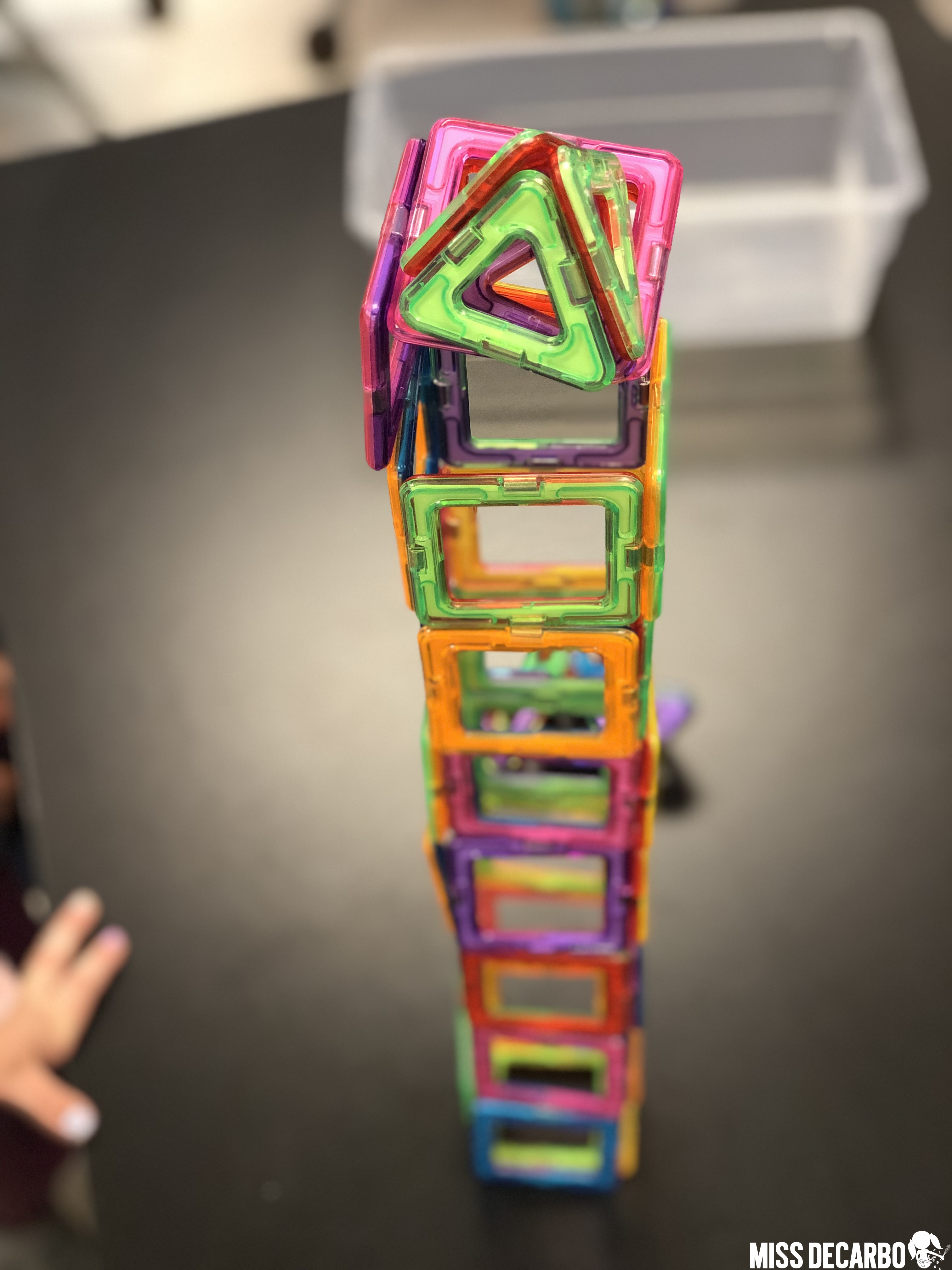
Bristle Blocks – Bristle Blocks are an awesome sensory building material that allows students to connect the pieces in tons of ways. Their unique shapes promotes all kinds of 3D building and creativity.
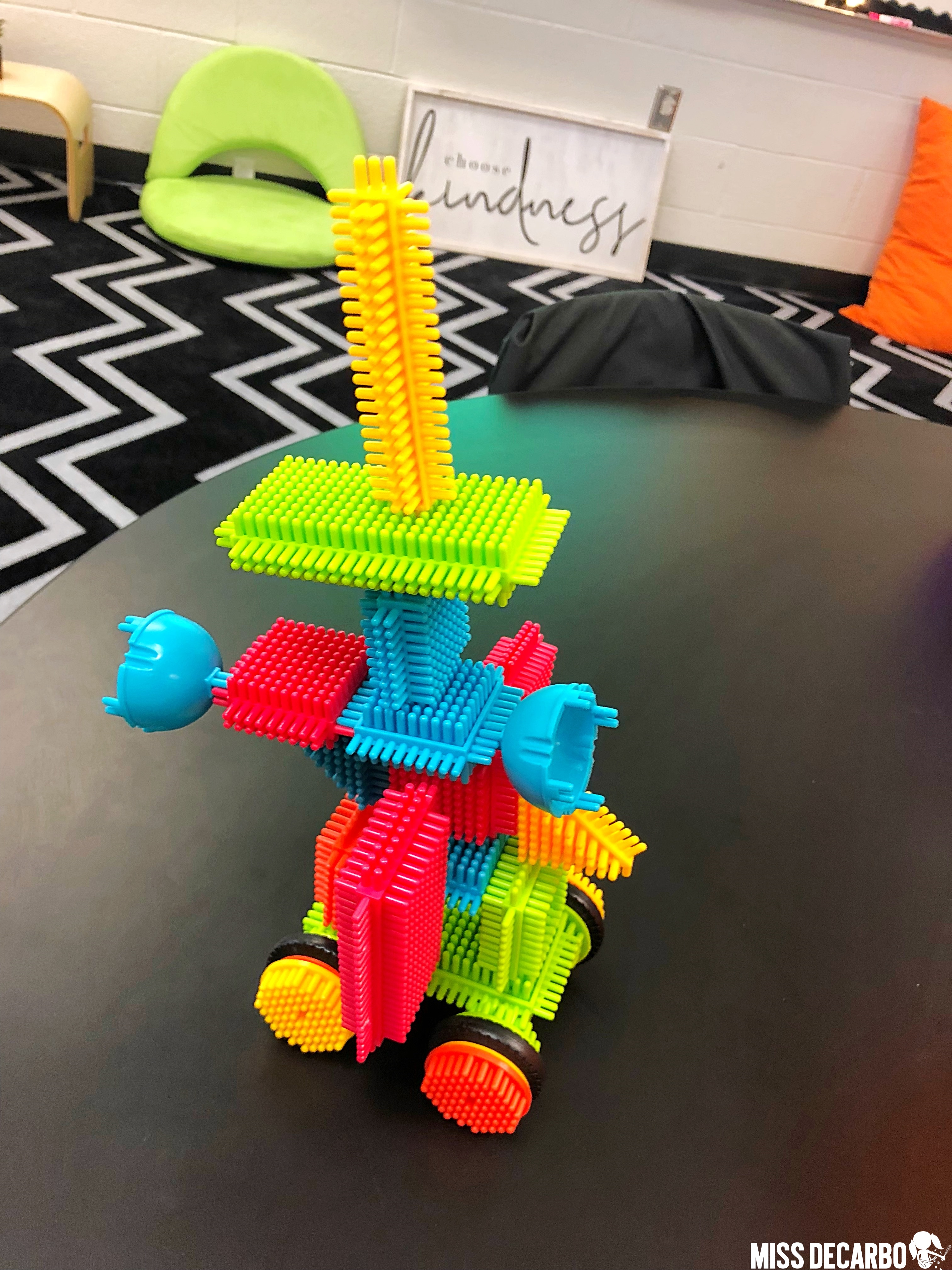
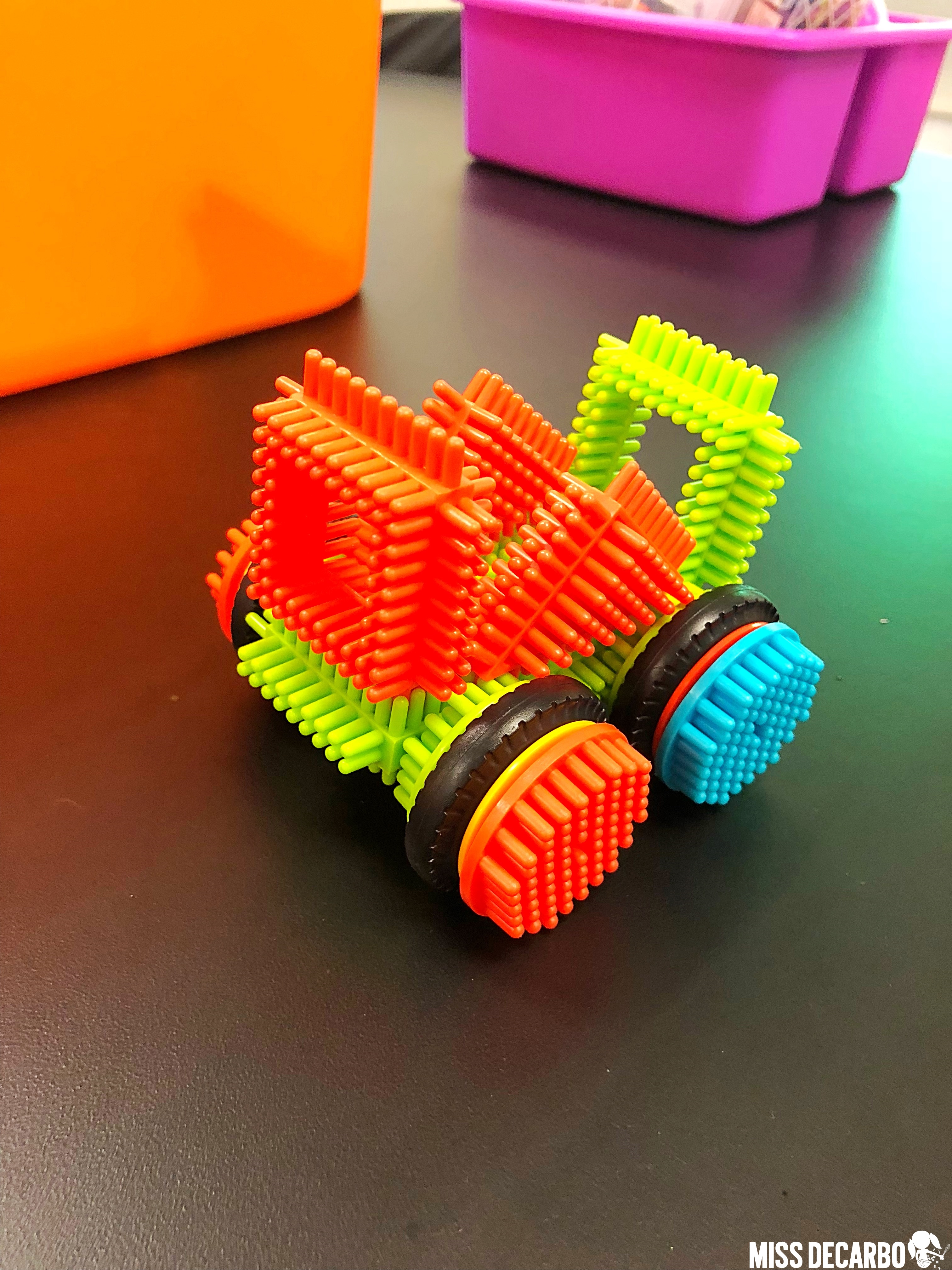
Foam Peg Blocks – I actually took these from my toddler’s bedroom and put them into our brain bins this month. (Shh!) My kids LOVE them! They interlock and can be used to create and build all kinds of imaginative pieces. I also love that they are foam, which means they are super quiet!
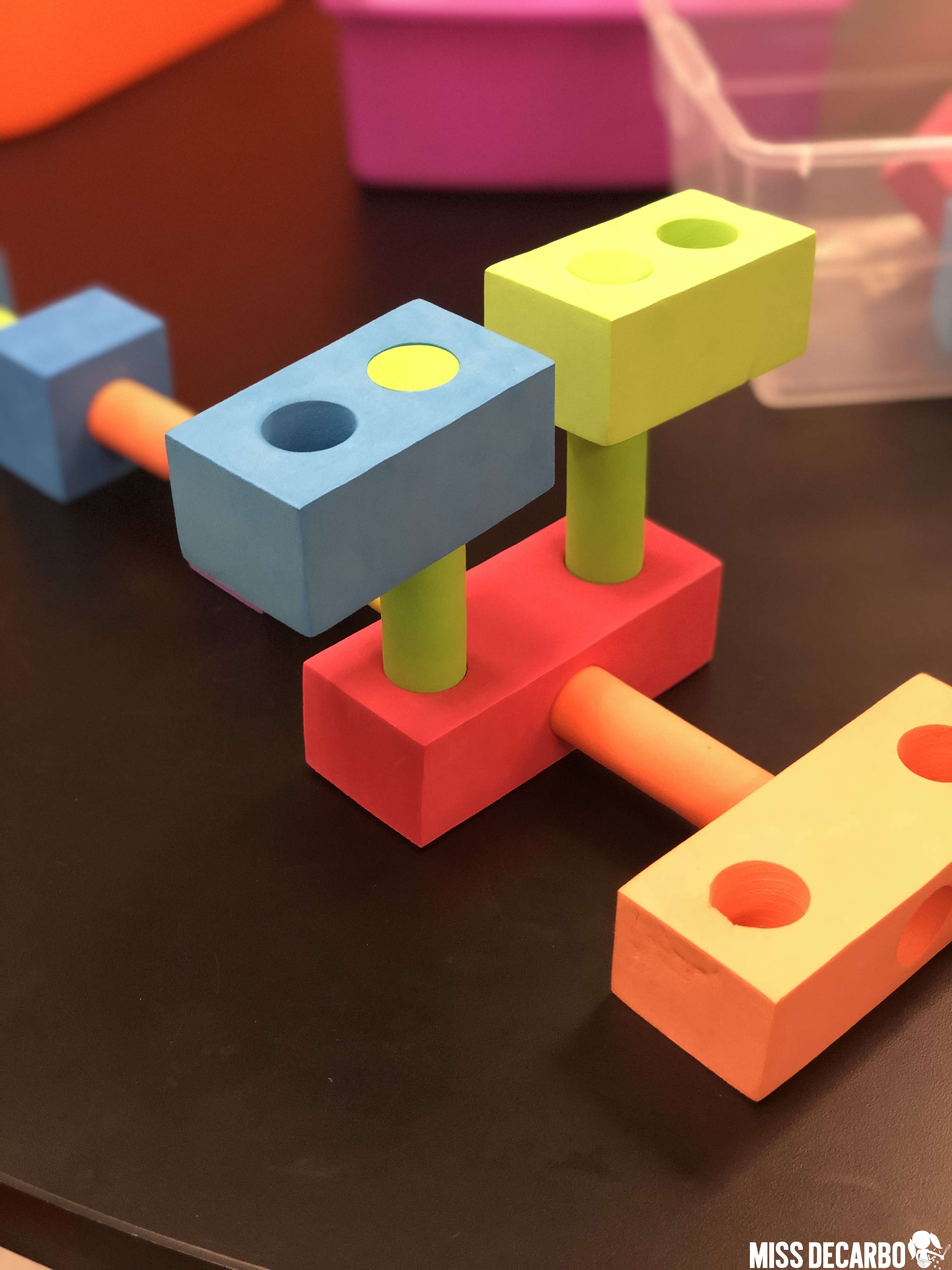
iSpy Bingo – Don’t forget about adding cooperative GAMES to your brain bins! My students love this original iSpy Bingo game. I love that it promotes teamwork and socialization. Bonus- It works on visual processing skills, too, especially visual memory and visual figure-ground skills. (You can read more about how to enhance visual processing skills in your students in this blog post.)
You can also read a blog post I devoted specifically to brain-boosting games in the classroom. This blog post features a list of child-friendly games that enhance critical thinking skills. All of the games featured would work perfectly as brain bins.
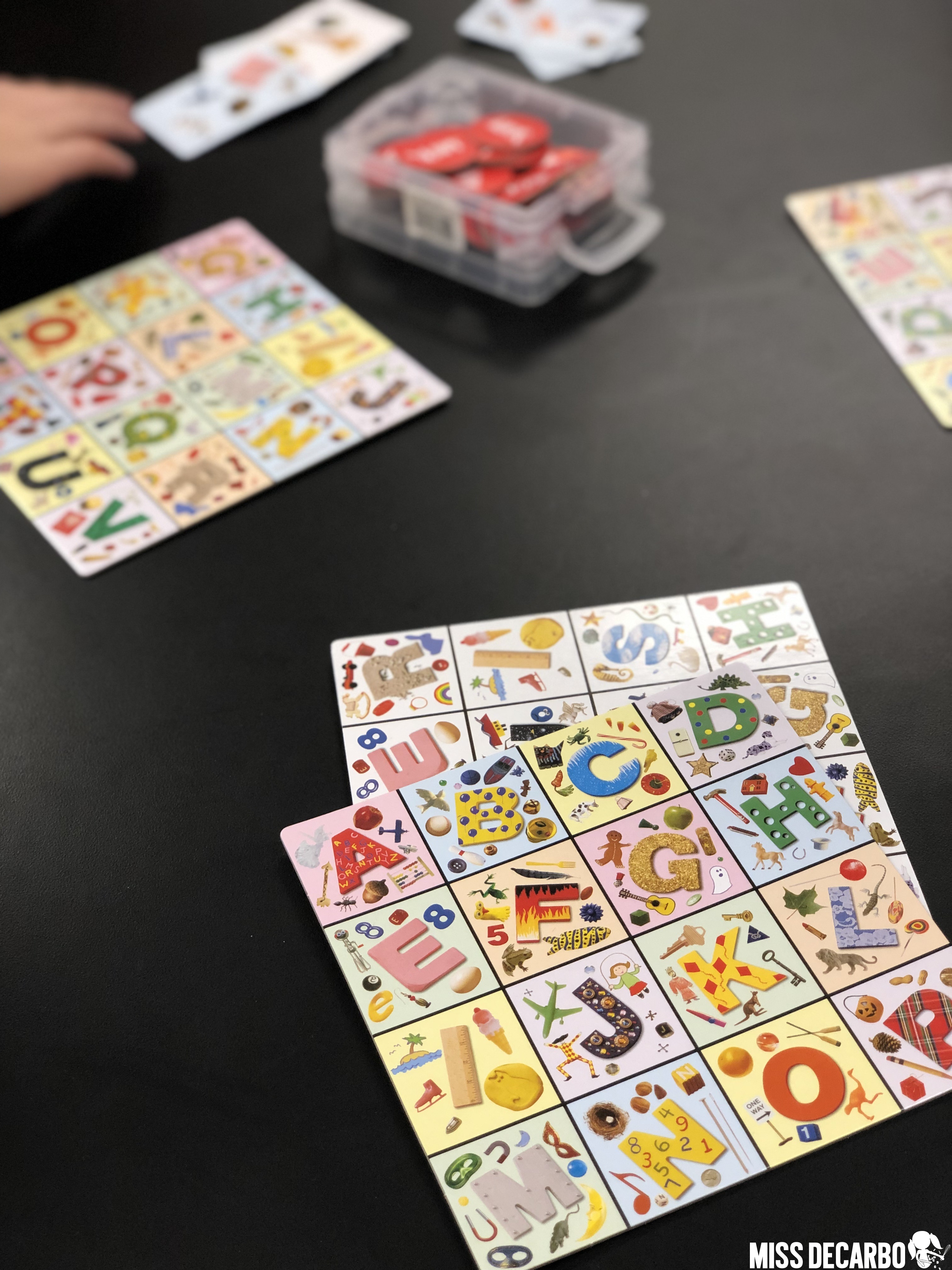
Squigz– These suction cup builders are a favorite. The second time I put these into our brain bins this year, my students cheered. I also like that they don’t get messy because they stick right to the table. My students have amazed me with the elaborate structures they’ve created with these little suction toys!

Pattern Blocks- Pattern blocks are probably a material you already have in your classroom. Students LOVE to use them to make designs, pictures, patterns, and my students have even created games to go along with the shapes! Encourage students to identify the shapes as they play for added geometry practice.
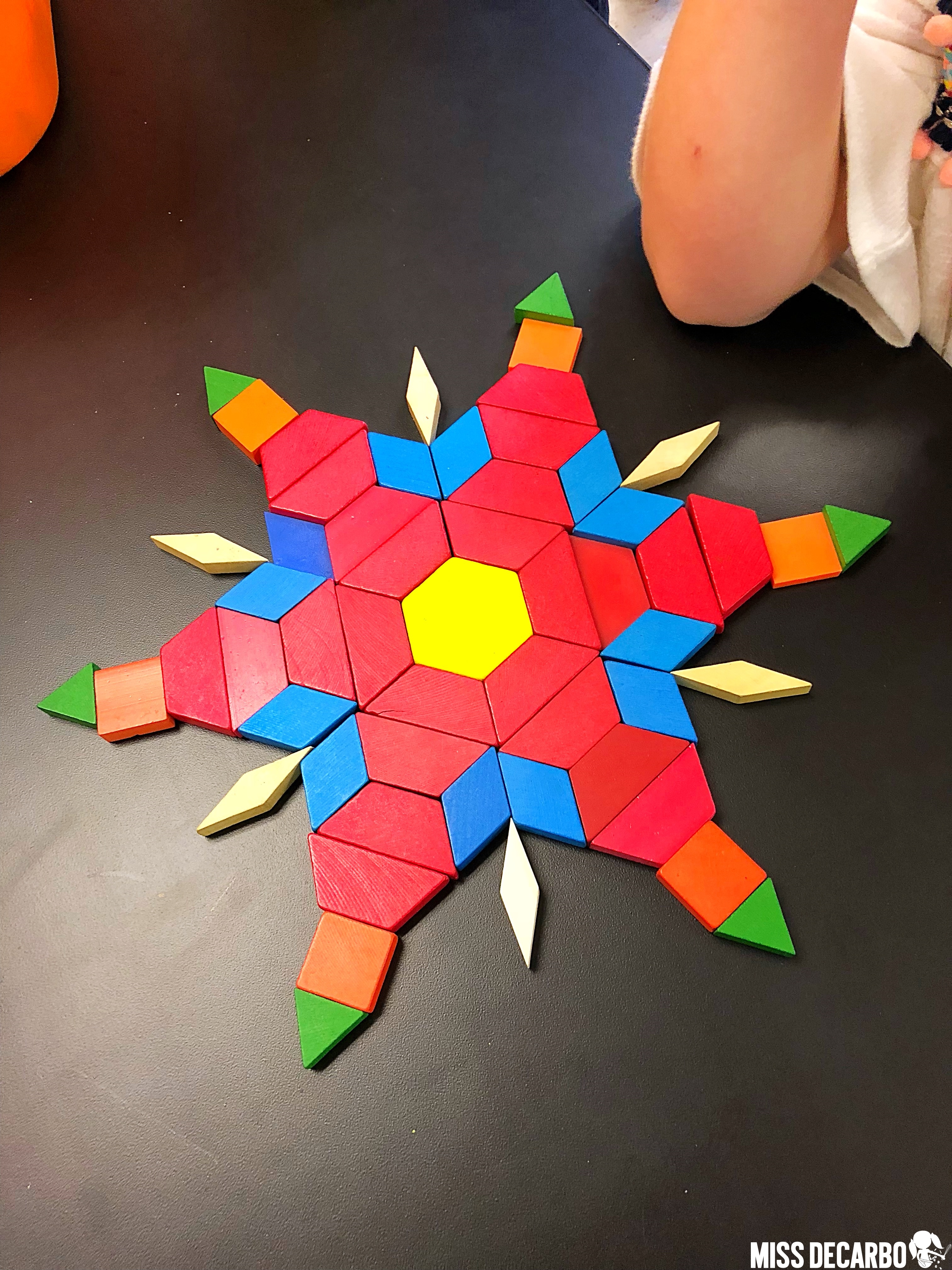
Clip Connect Pieces or “Snowflake Blocks” as we call them- These little connectors are a hit, especially in the winter. My students have had fun making all kinds of snowflake designs using the pieces. Students have also explored some pretty complex patterns using all of the colors with this set.
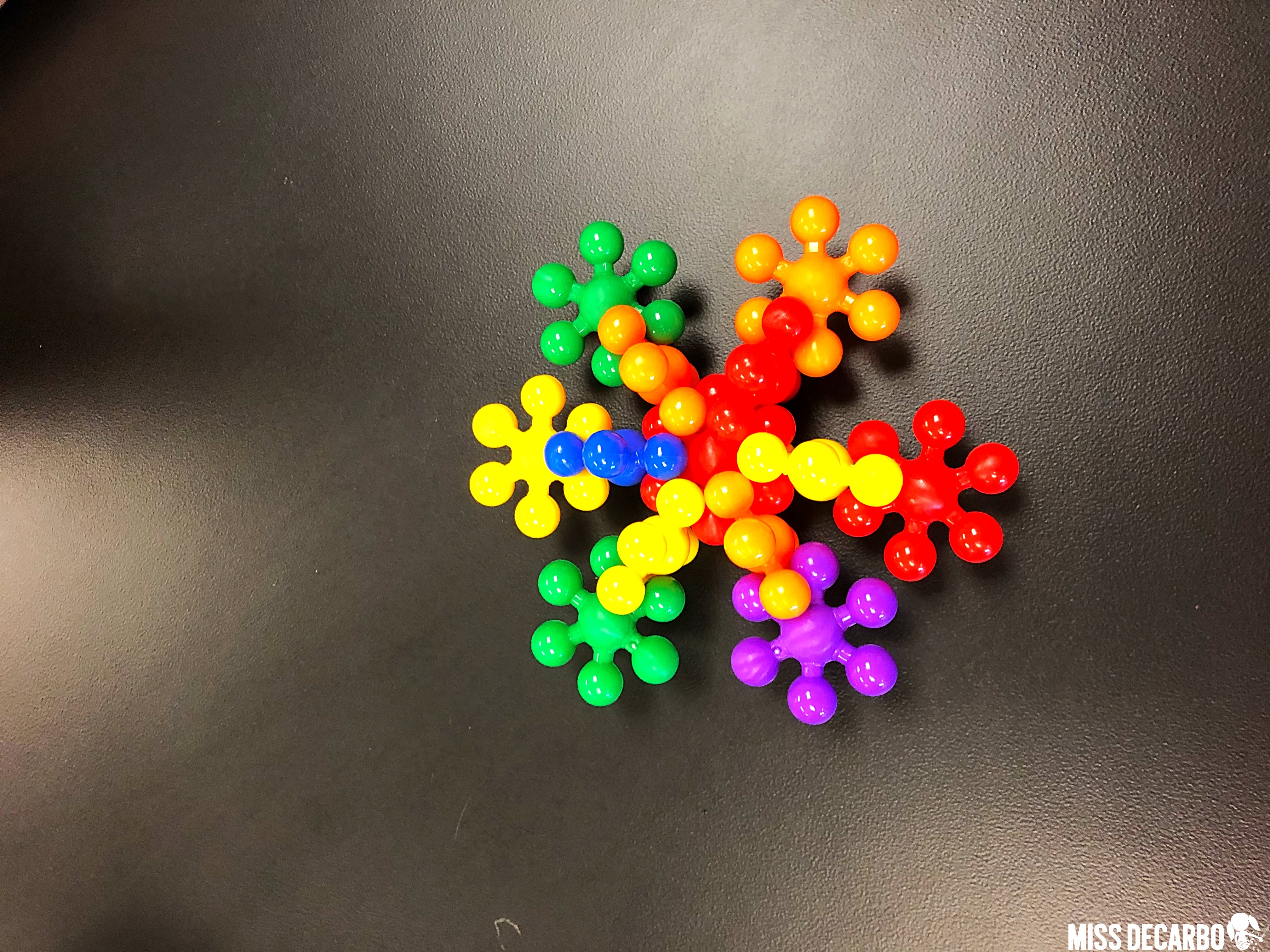
Brain Building Planks by KEVA – These are so challenging and a great critical-thinking booster! Students work together to recreate the structures and models that are represented on the cards. There are varying levels of difficulty. The planks are shown in various ways to help students re-create the structure. They must learn to “see” the design from a birds eye view and a side-view. This morning tub really helps encourages “out of the box” thinking and problem-solving skills.
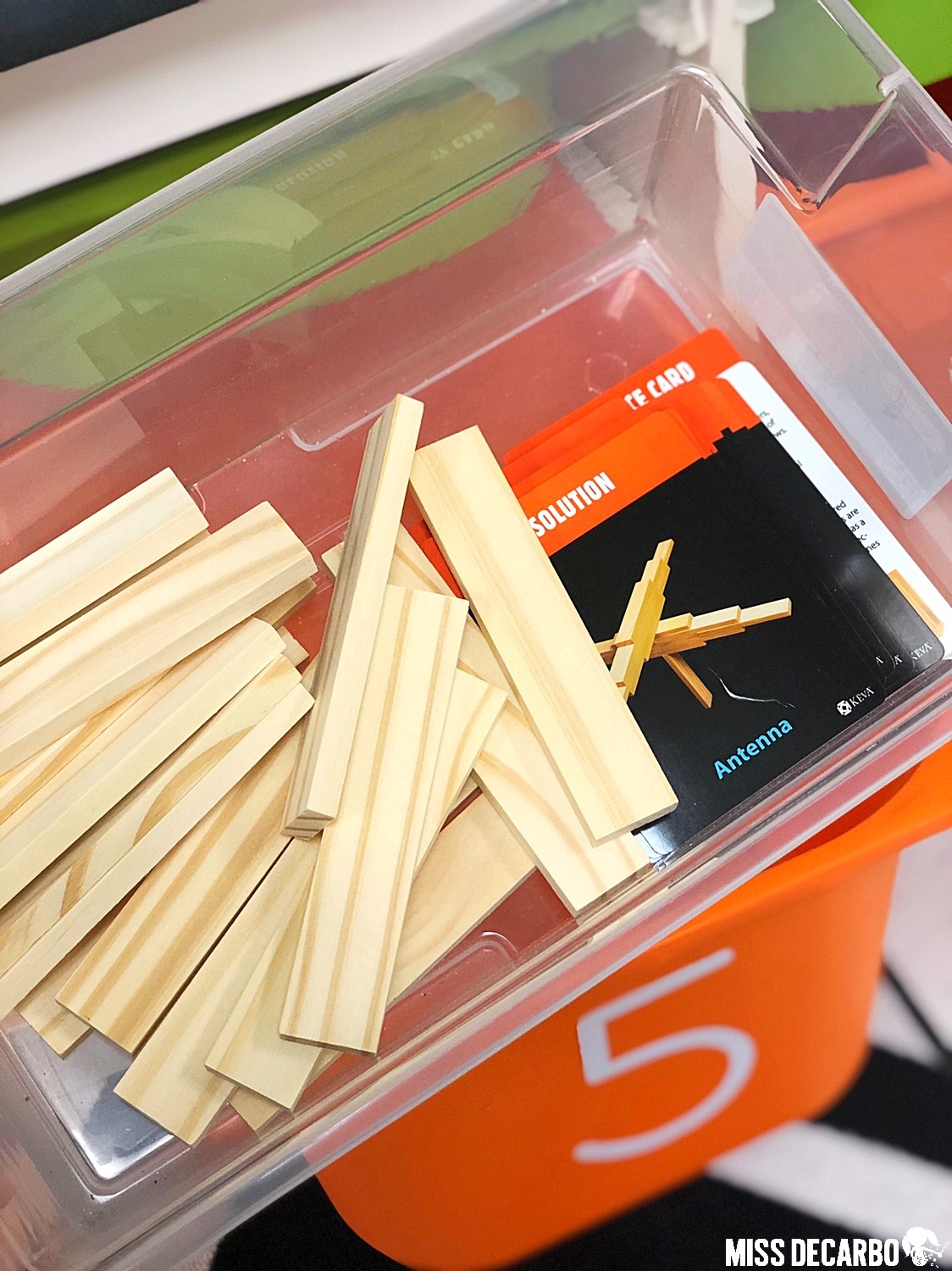
Legos – I purchased the Classic Medium Box of Legos for my classroom brain bin and it was just enough for students to be able to build, but also work together while creating. My students love when the Legos appear in the brain bins, and I love the engineering skills and problem-solving strategies that I get to observe!
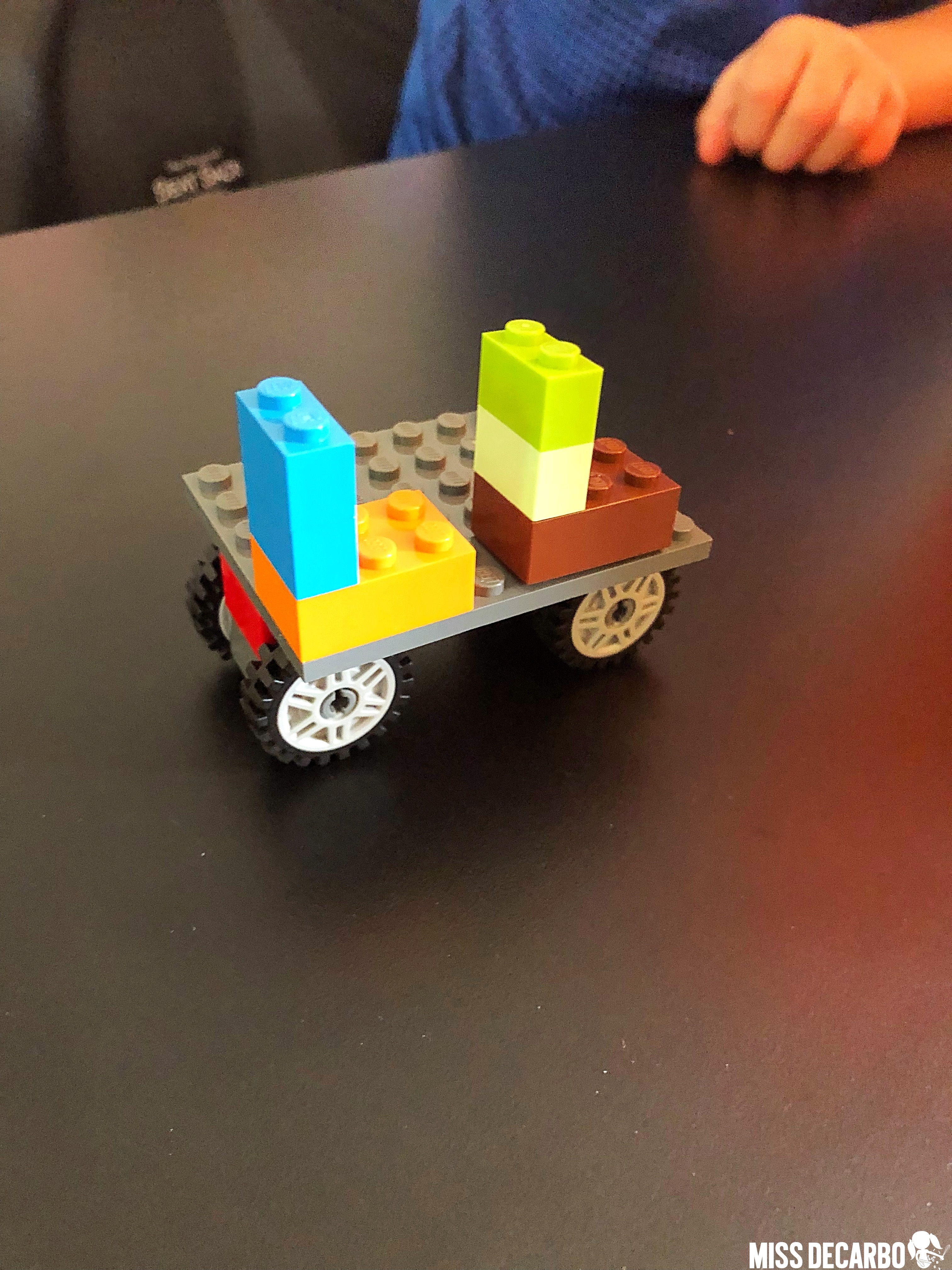
Play Dough – I know, it can be “scary” to put play-dough out as a morning tub. However, I love play dough for morning tubs because of the sensory calming feel it can give to my high-energy students. It also helps students with poor handwriting skills develop hand muscles and dexterity in their fingers. When play dough is offered in my brain bins, my students know to grab a quick cleaning wipe during the clean-up process. Then, we’re good to go!
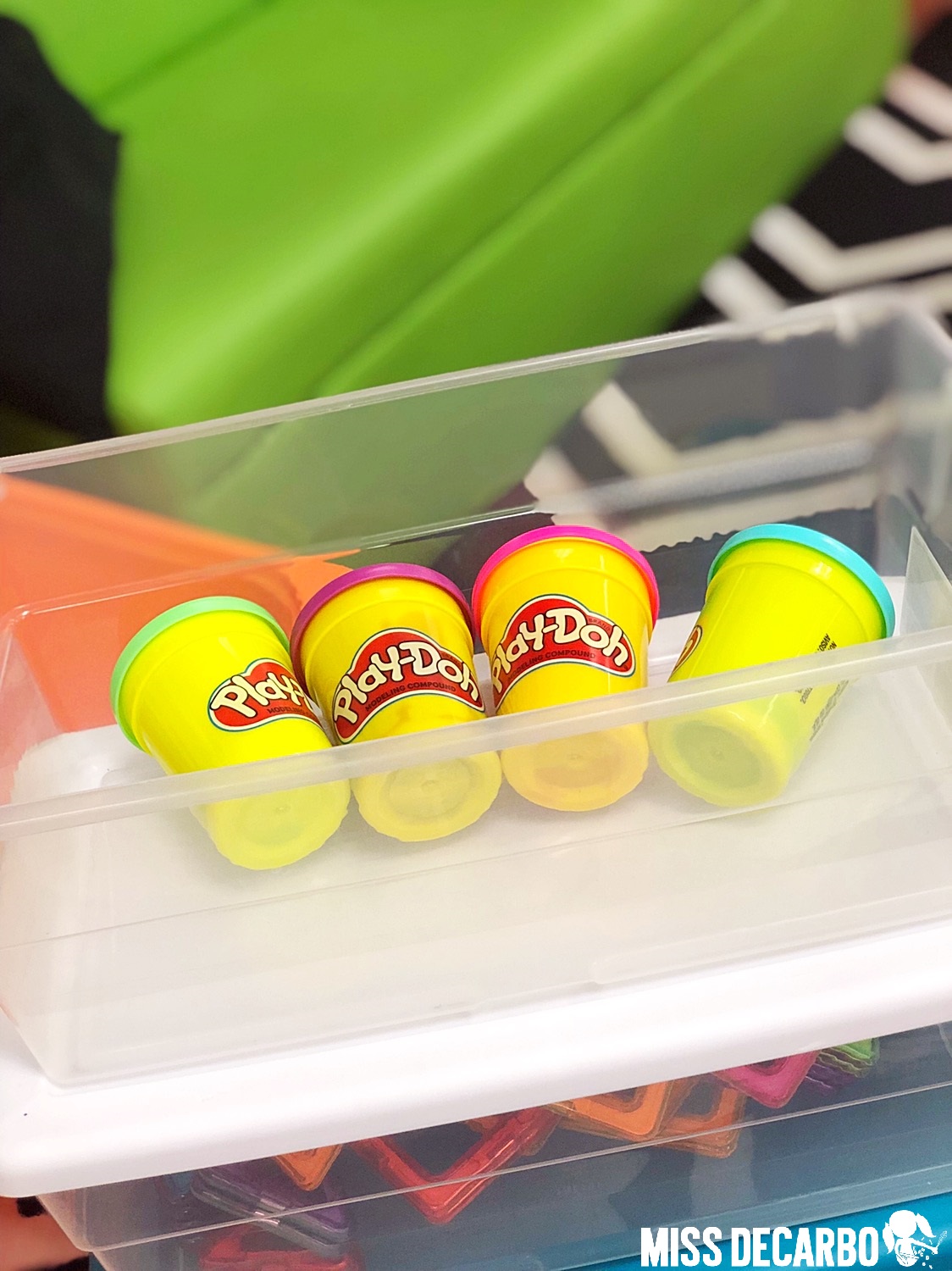
Other Brain Bin Ideas
I hope the items above gave you a good jumping-off place for ideas and materials that can be added to your morning tubs. In addition to the above materials, here are some other creative ideas to use in your brain bins:
- seasonal books
- coloring books
- popsicles
- math cubes
- geoboards
- dominoes
- tangrams
- dice and paper – Let them create games!
- iSpy books
- Highlights Magazines
- a tub of fairy tale books to reread and enjoy
- stickers and writing paper
- Brain Flakes
- classic games such as checkers and tic-tac-toe
- puzzles! (Do you know how many students today have never done puzzles?!)
- toothpicks (What can you create?)
- classic wooden blocks
- kinetic sand
Quick Shopping Links
Below are quick affiliate links from Amazon for all of the materials I mentioned above! I hope this helps get you started in a convenient and easy-to-access way:
Additional Morning Tub Bloggers:
If you’re looking for additional resources and ideas for morning tubs, you can also check out two of my favorite first-grade bloggers: Jodi from Fun in First and Catherine from the Brown Bag Teacher
Share Brain Bins With Others
If you loved the concept of using brain bins in your classroom- even if it used as your indoor recess routine- feel free to pin the image below to your Pinterest board to share with your colleagues, or pin them to refer back to later! Thank you so much for hanging out with me during this blog post. Be sure to follow me over on Instagram @missdecarbo for additional teaching ideas, and check out my curriculum shop for K-2 classroom resources!
















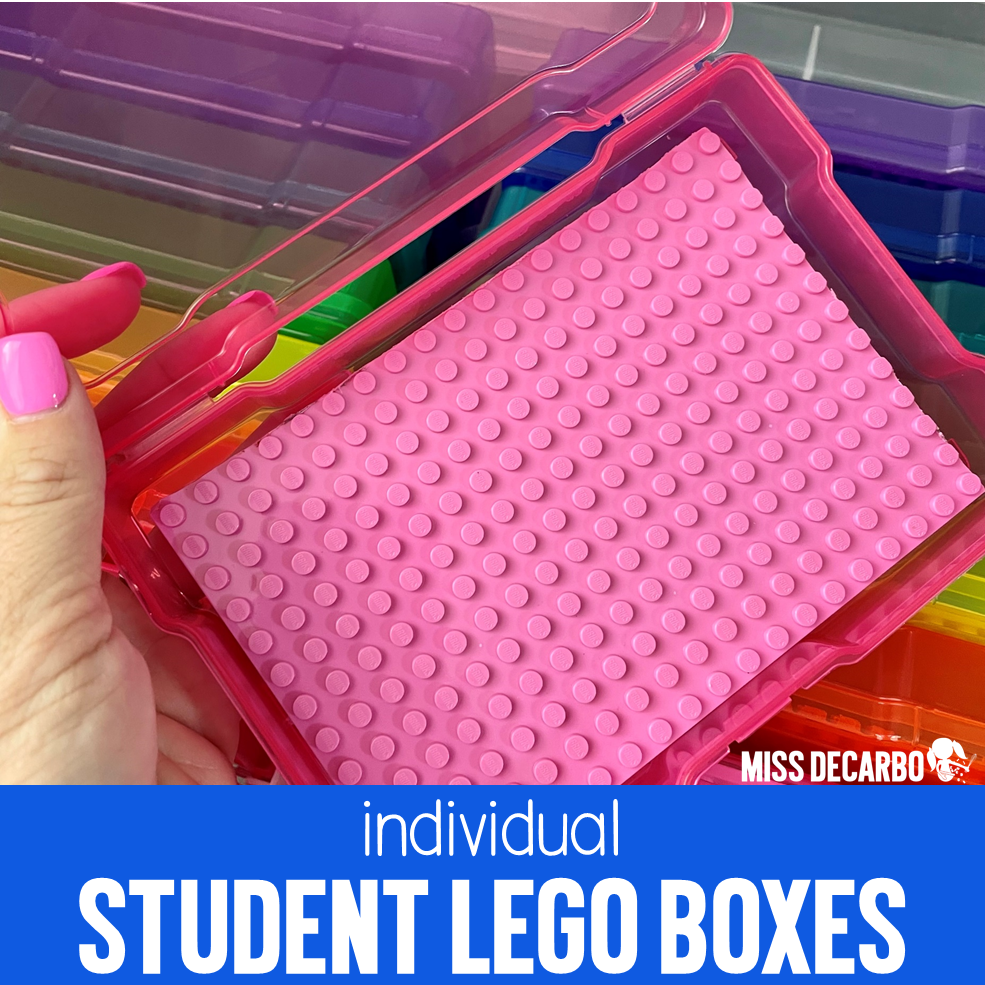
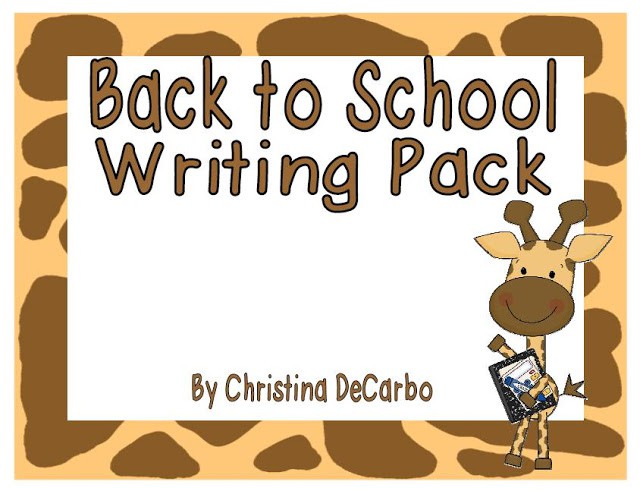
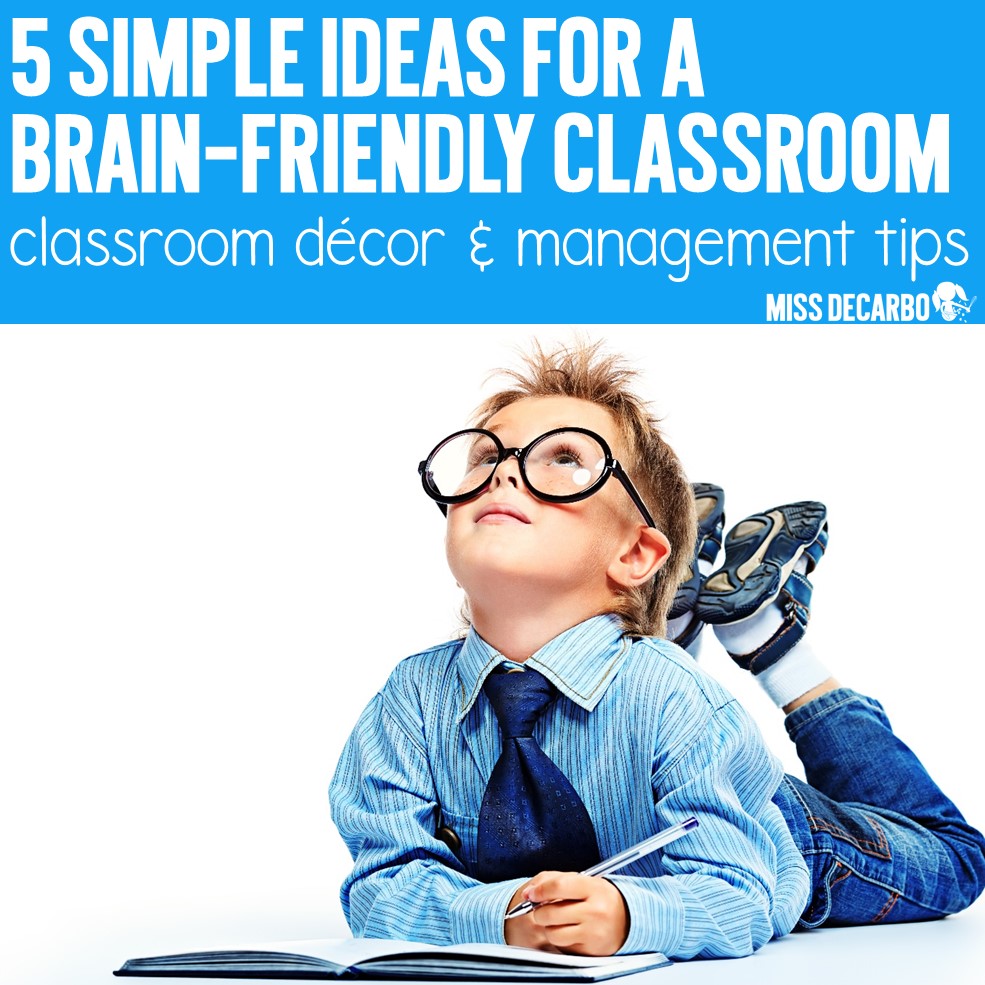
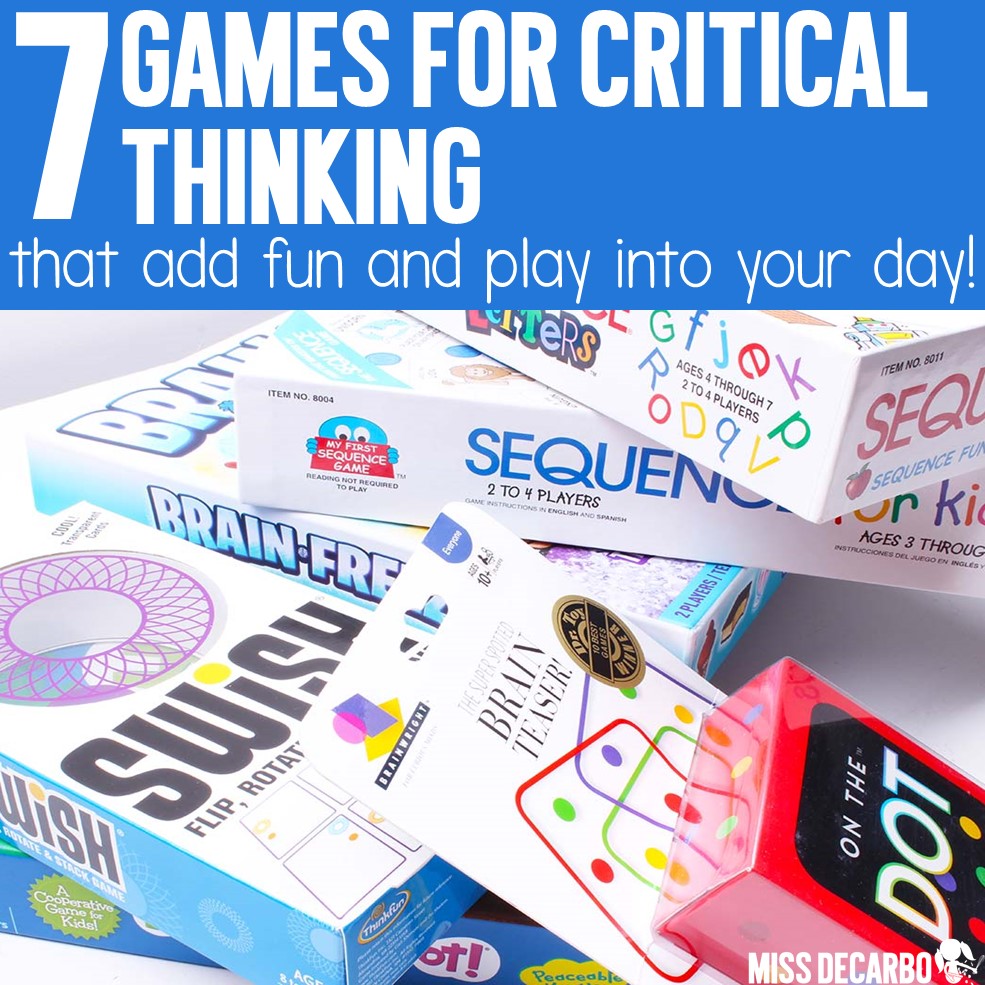
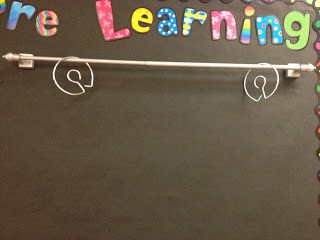
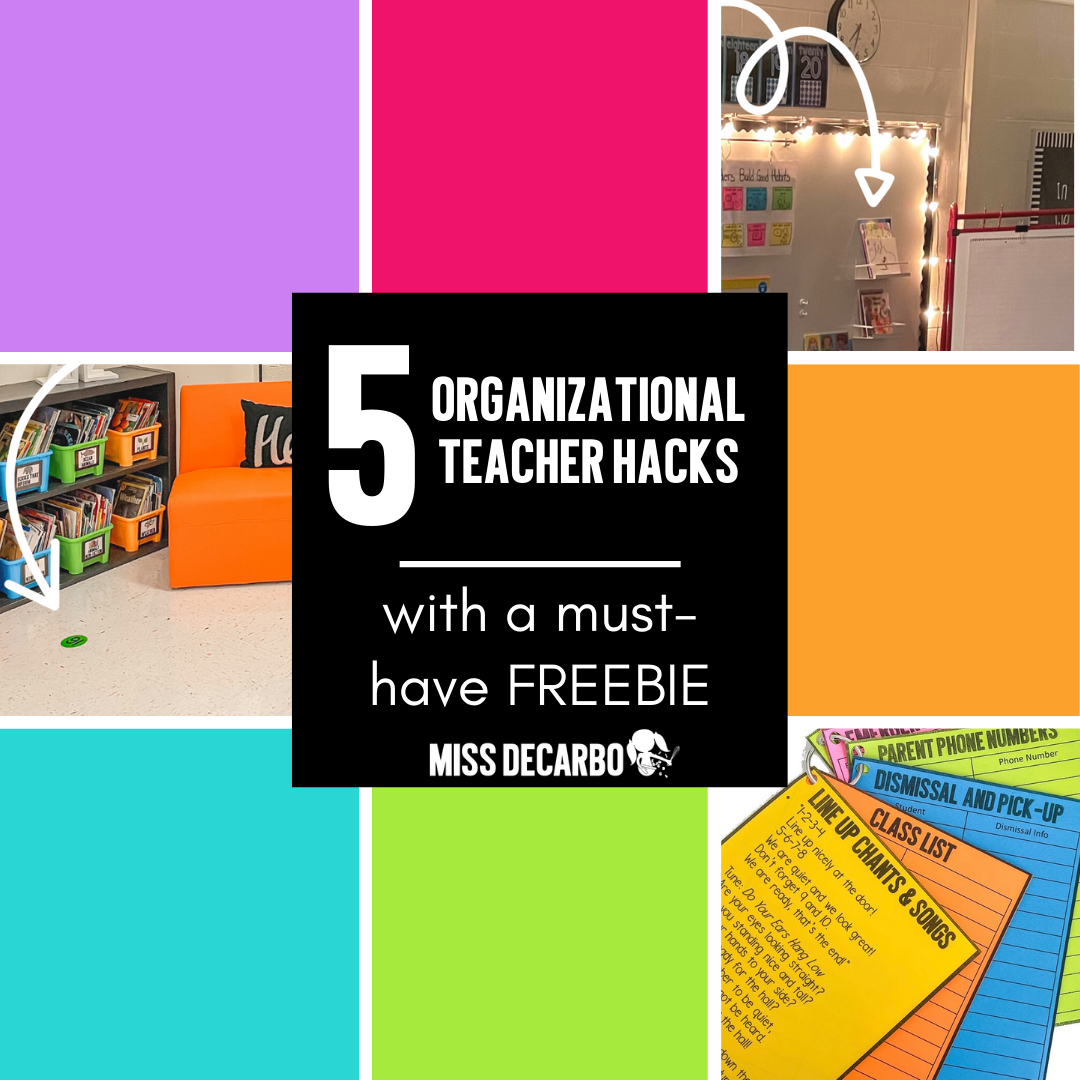
I love this! I have seen similar ideas for morning bins and think this is so wonderful! Will you expand a little more on how you limit your students’ time with these bins and how you transition to and from the morning brain bins? First thing in the morning I teach RtI with 6 students who come to my room for intervention. I would truly LOVE to implement the bins without disturbing the other students. I have an idea how to do this but maybe you can offer some suggestions! Haha! Thank you for sharing your classroom ideas!
Is this best suited for K-1, or do you think it’s also appropriate for 2nd?
I think PreK-3 could do this! 🙂 2nd graders still need to play and be creative. 🙂
I did almost the exact thing with my second graders last year and they loved it! They decided they wanted to use their whiteboards to label/write about their creations! It was amazing! When the morning announcements came on they knew it was time to stop, do a quick museum walk and then clean up. Total time was about 15 minutes!
Terrific article and ideas for resources. Thanks for sharing!
Love this idea! This year we are going to participate in the Global Play day on Feb. 6. This will go perfectly with this day and then will be easily implemented into our morning.
Brain Bins! Brilliant!! My little first graders would love that name for my morning tubs. So as soon as I go back from our little winter break, I am going to label them as such. I found your blog so interesting and to know that you have some research to justify using brain bins makes me feel so much better . To begin a student’s day on such a positive note with communication and creativity is a win win for sure!
I love this! Do you think it will work for 3rd grade? I’m moving from 6th to 3rd next year!
Definitely! 🙂
As both a mom and a teacher, I just want to say THANK YOU for letting kids be kids. 🙂
I have a dozen STEAM bins that I introduced into my 3rd grade classroom this past Spring. I was amazed at how much my students relished this time spent exploring. It felt good to allow them time to “be kids.” It was a great way to encourage listening, team work, and sharing–all skills we needed more time to develop. Thank you for giving me a few additional ideas to add to my collection!
Love your ideas! Will be trying this for the first time this year.
Where did you get your green couch?!?!?! It is fantastic!!!!!
Lakeshore 🙂
The couches are from Lakeshore Learning. 🙂
Hi. What do you do about the one or two kiddos who don’t want to use the materials? Do you have them sit quietly or read a book? I teach 2nd grade, and I think my kids would love this.
I honestly have never had a child not want to participate in our Brain Bins. 🙂 Reading independently sounds like the perfect solution if you have a kiddo who isn’t feeling it though. 🙂
I love this idea! My question is…how much to order for a group of 4 or 5 students – particularly the block/squig/dado/magnatile items?? Our team is planning on ordering some of these items this year.
For everything I’ve listed in this post I’ve only purchased one set for a group of four students. 🙂
I am new to teaching primary this year and LOVE the idea of the brain bins. I have always done “morning work” for my junior students but wasn’t sure how to adapt or change that for primary. I did have a question, in terms of managing their creations, do you allow students to save their creations for the day? You switch the bins up everyday but I know that some students get attached to the things they create. How do you handle this?
I don’t allow them to save their creations. It has to get cleaned up and put back in the bins when the bell goes off. We just don’t make a big deal about it and say things like, “I love that! I wonder what you’ll create next time!” I haven’t had any issues so far. 🙂
These are so great! Do you allow the students to use the bins at other times of the day like indoor recess? Or are they reserved for just morning time? Thanks!
We use them for indoor recess, too! 🙂
I use morning tubs as well. This is so well written. I am sharing your blog post with my parents to help explain the importance of play, create, and build. I am also sharing the links hoping that my parents will help me to purchase the materials. I do have some of them but would love to have some more to change out. THANK you so much for sharing!
Do you change your bins often? Also, do you let them share bins?? I have found that there are a few kids that have a favorite bin, so they “share” with whoever has it and basically use the same thing everyday. And they mix bins…which basically creates a disaster of a mess! Yikes! I’m hoping to create some new rules for the new year after break.
Hi Heather! I switch my bins every 5-6 weeks. They don’t share the bins, they can only use the bin they are assigned to that day. (A picture of my rotation cards is shown above.) 🙂
Are these open ended with the child creating from his or her imagination or do you have task cards?
Completely open-ended for creativity and imagination. I don’t believe kids do that enough these days, so I don’t put task cards in our Brain Bins! 🙂
I love this idea and plan on implementing it when school starts in August. I also appreciate your research to back this up. also believe that this is very important and I like how you presented it. Thank you for sharing your ideas.
i found your post a few years ago and have been using these ever since. my kids love using these. Ive pinned you so i can refer back every so often. Distancing has forced a change in how we use this but we’ve still made it work. Thank you for your research and information.
What is meant by a quick museum walk? Looking at each table’s creations? I could see that going awry. Please explain,
Yes! 🙂 Just a quick look at the creations. As with anything, it comes down to teacher expectations, clear rules and procedures, and management. I do this by dismissing one table at a time to line up and they can take a quick lap around the room on the way to their assigned spots in line. It goes really smoothly and quickly. I hope this helps!
What kind of bins do you use for these? I want to start these brain bins this year and am thinking about using clear shoe boxes from dollar tree! I don’t want there to be too many things in there at once. Teaching Self contained SPED 1-3 thank you!! Great ideas